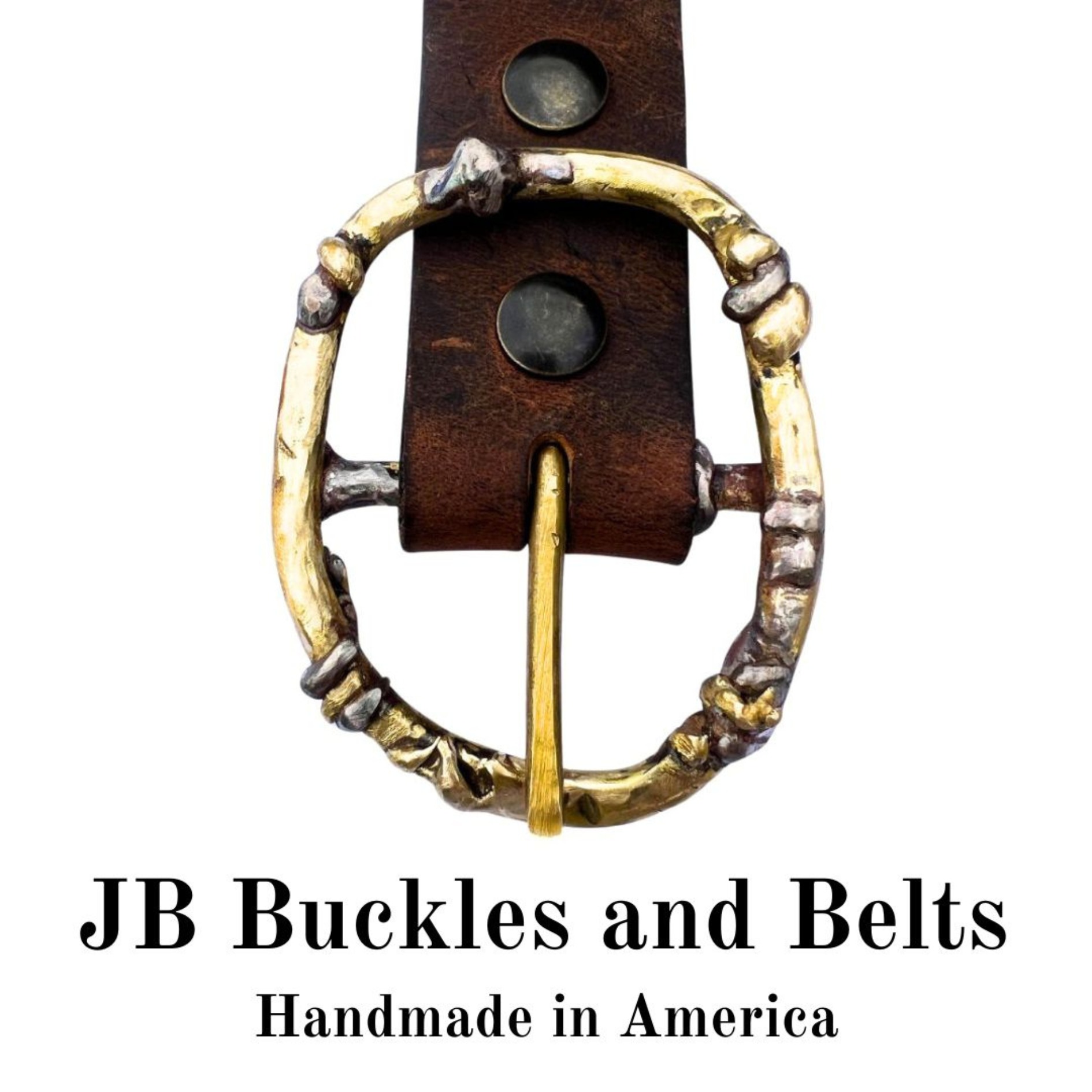Alright – so today we’ve got the honor of introducing you to Jordan Betten. We think you’ll enjoy our conversation, we’ve shared it below.
Jordan, looking forward to hearing all of your stories today. Can you talk to us about how you learned to do what you do?
How did you learn to do what you do?
I learned by doing. I’ve always believed that real knowledge lives in the hands, not just the head. When I first started making things — whether it was painting, leatherwork, or metal — I was drawn to materials that felt alive. I didn’t go to school for metalwork or leather craft. I taught myself by experimenting, failing, and starting again.
Early on, I was making art in New York City, and I fell in love with the raw character of handmade pieces — where every imperfection told a story. That same spirit carried over when I started JB Buckles and Belts. I picked up a torch, started working with solid brass, and taught myself how to cut, shape, solder, and finish buckles. Over time, the process became second nature. I learned from old-school artisans, from watching, asking, and most of all, from doing the work day in and day out.
Knowing what you know now, what could you have done to speed up your learning process?
Honestly, I wouldn’t change the way I learned — the long, winding road was part of shaping my style. But if I had to say, I probably could’ve saved time by seeking out more mentors earlier, I also could’ve documented my processes better.
What skills do you think were most essential?
Patience, definitely. Working with heat and metal — especially soldering thin brass onto steel — takes precision, timing, and calm. If you rush it, you melt it. If you hesitate, the bond won’t hold. You have to find that rhythm where your eye, hand, and fire are all in sync. I’d also say vision is essential. Not just seeing what you’re working on now, but imagining what it could become. That’s what keeps the work from becoming just a job — it stays art. Finally, resilience. You have to be okay with making mistakes, burning your fingers, breaking a piece you spent hours on — and coming back to try again.
What obstacles stood in the way of learning more?
Access to tools and space was a big one, especially early on. Living in New York, I didn’t always have the luxury of a full workshop, so I had to adapt and work with what I had. Time and money were constant obstacles too — when you’re making a living as an artist, every hour counts, and materials aren’t cheap. But probably the biggest obstacle was doubt — the voice that says maybe you’re crazy for doing things the hard way. But I’ve learned that’s where the soul is. You have to embrace the process, even the struggle — that’s where the magic comes from.
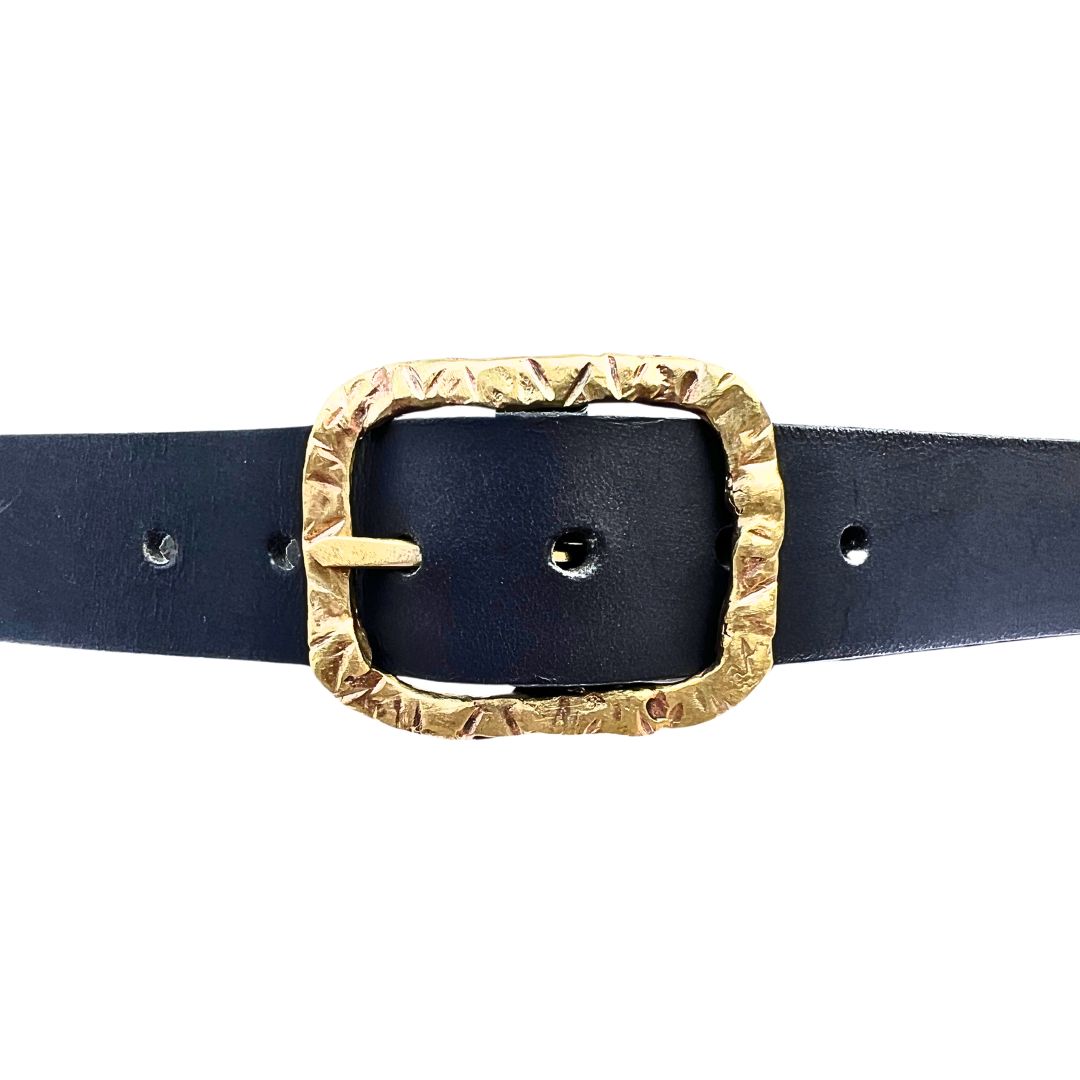

Jordan, love having you share your insights with us. Before we ask you more questions, maybe you can take a moment to introduce yourself to our readers who might have missed our earlier conversations?
My name is Jordan Betten, and I’m the artist and craftsman behind JB Buckles and Belts.
I’ve been working with my hands for as long as I can remember — leather, metal, fire — anything I could bend, shape, or weld into something with soul.
My path into this world wasn’t traditional. I didn’t study fashion or product design. I started out as a visual artist and muralist in New York City, where I created a custom leather clothing line called Lost Art that gained a following for its one-of-a-kind, hand-sewn designs worn by rock legends and everyday rebels alike.
Eventually, that love of raw materials and timeless style led me to something more elemental: the belt buckle. It’s a small piece, but it carries a lot of weight — it holds things together, adds character, and often tells a story without saying a word. At JB Buckles and Belts, I make handcrafted solid brass belt buckles and custom leather belts. Every piece is made in the USA, one at a time, using traditional methods and real tools — fire, hammer, file, and hand.
The buckles I make are cast or soldered from solid brass — retro, rugged, and bold. Some are inspired by the Western spirit, others by rock & roll, nature, or ancient symbols. They’re not mass-produced. They’re meant to last a lifetime — or longer. The belts are made from thick, premium leather and can be paired with any of the buckles, or custom-fitted. These are functional works of art that people can wear every day.
What sets JB Buckles and Belts apart is the authentic craftsmanship and originality behind every piece. In a world full of fast fashion and throwaway accessories, I offer something different: real materials, made by real hands, for people who still care about quality, meaning, and individuality. Many of my clients are artists, bikers, musicians, and free-thinkers — people who walk their own path and want to wear something that reflects that.
I’m most proud of staying true to my vision all these years. I never wanted to chase trends or mass-market appeal. I wanted to create timeless pieces that hold energy, history, and intention. Some of my buckles and belts are worn on stage. Others are worn on the road. But they all carry the spirit of what I believe in — freedom, craftsmanship, and living with style and purpose.
If you’re discovering JB Buckles and Belts for the first time, know this: what you see in the shop is real. I make it myself, with fire, brass, and leather. It’s raw, it’s rugged, and it’s built to last. Whether you wear one every day or pass it down one day, it’s more than a buckle — it’s a piece of art you can live in.
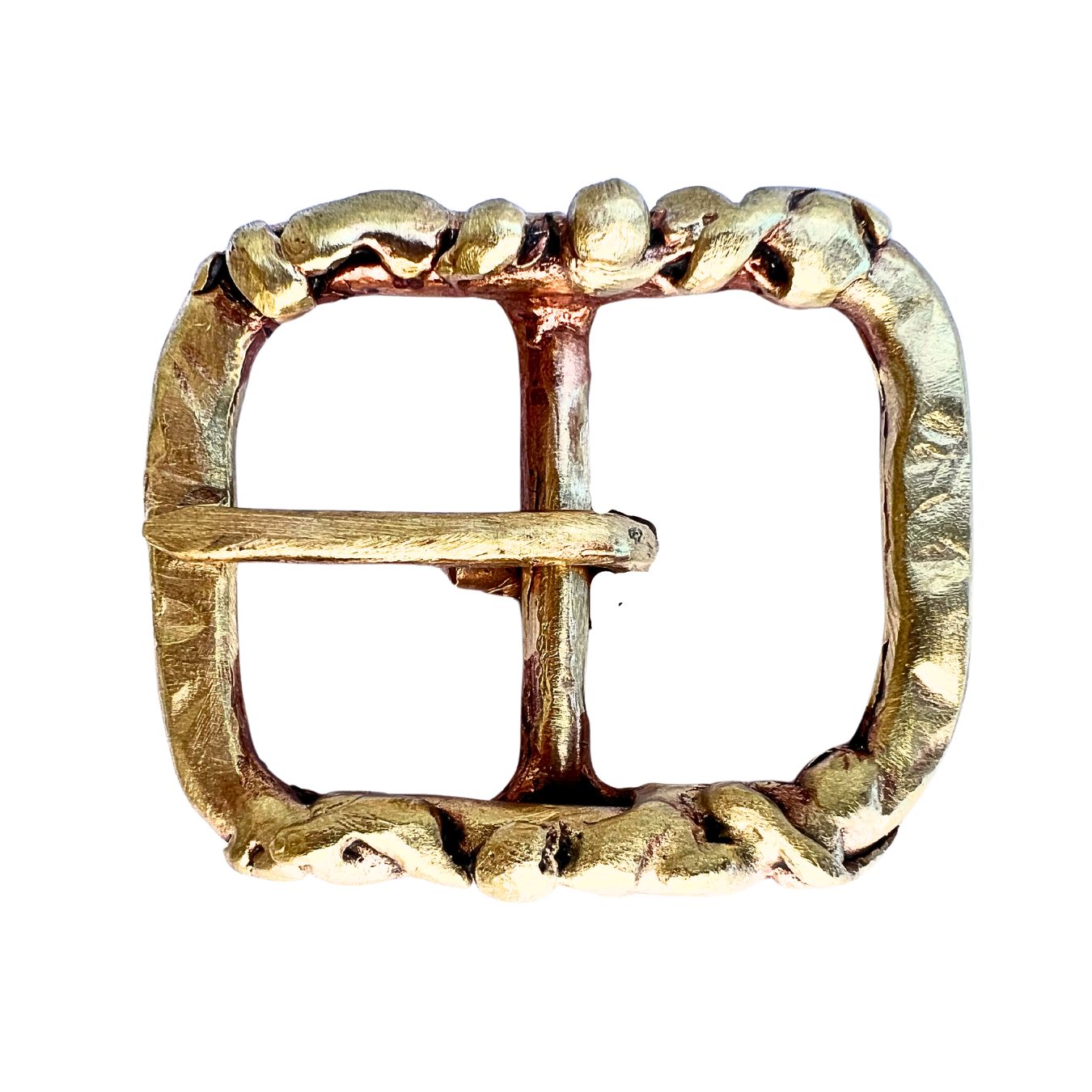
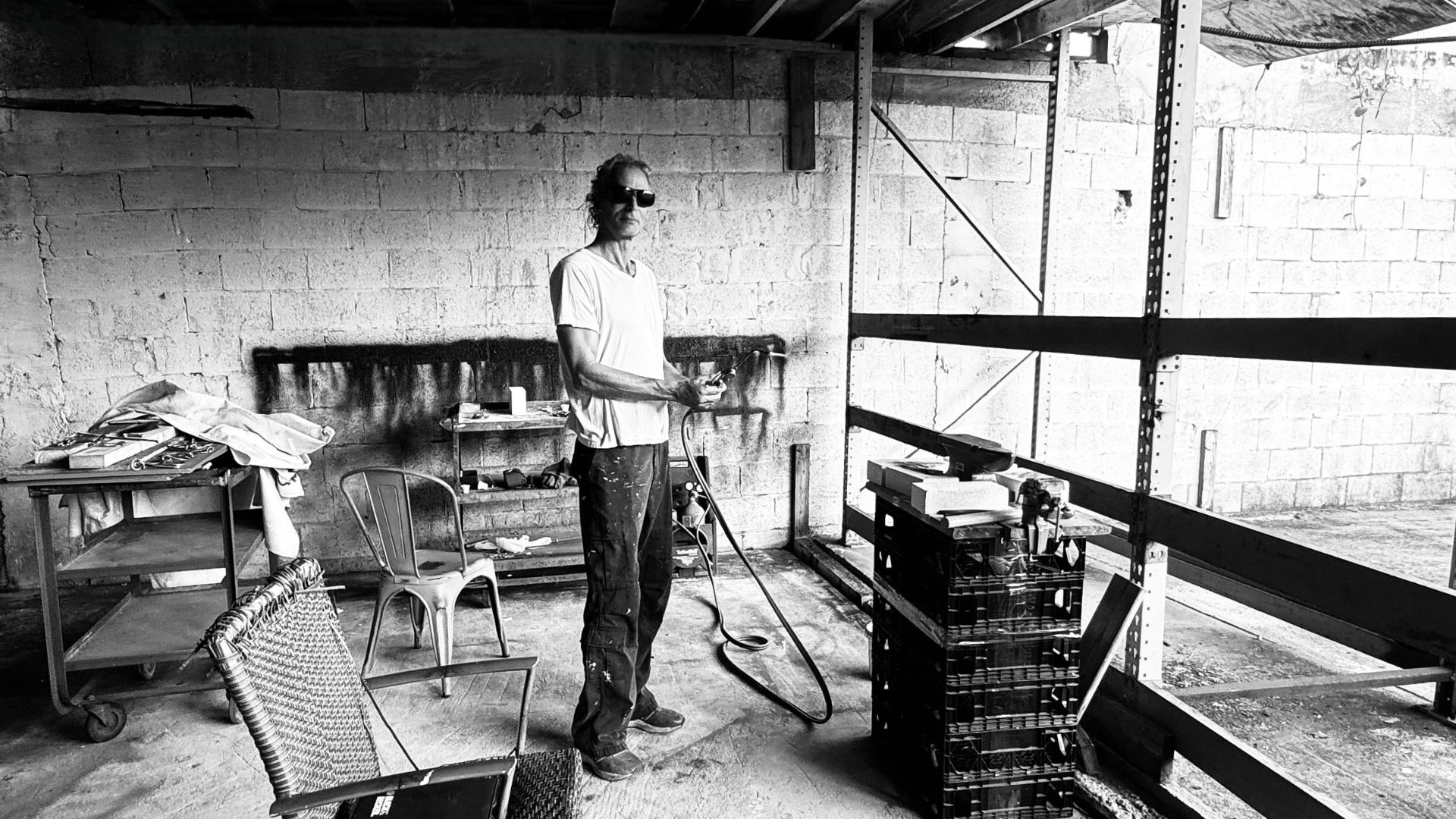
What can society do to ensure an environment that’s helpful to artists and creatives?
To support artists and a thriving creative ecosystem, society needs to rekindle its respect for craft tradition.
For generations, craftsmanship was the foundation of culture—skills passed down through hands, not screens.
Craft is not just about making things. It’s a philosophy, a discipline, a way of seeing the world through process and patience.
At the same time, we need to support the spaces where craft can thrive—studios, workshops, local markets, galleries, and independent shops. We need to give artists and makers access to tools, time, and the freedom to work.
Most importantly, we need to shift our values. Buy less, buy better. Know who made what you wear, use, or display.
Celebrate imperfection. Support makers not just for their art, but for keeping tradition alive in a world that too often forgets where real beauty comes from.creating a product—you’re continuing a lineage of knowledge, earned through repetition and resilience. Society needs to recognize that these traditional skills are not outdated; they’re essential. They teach us to slow down, to pay attention, to make things that last.
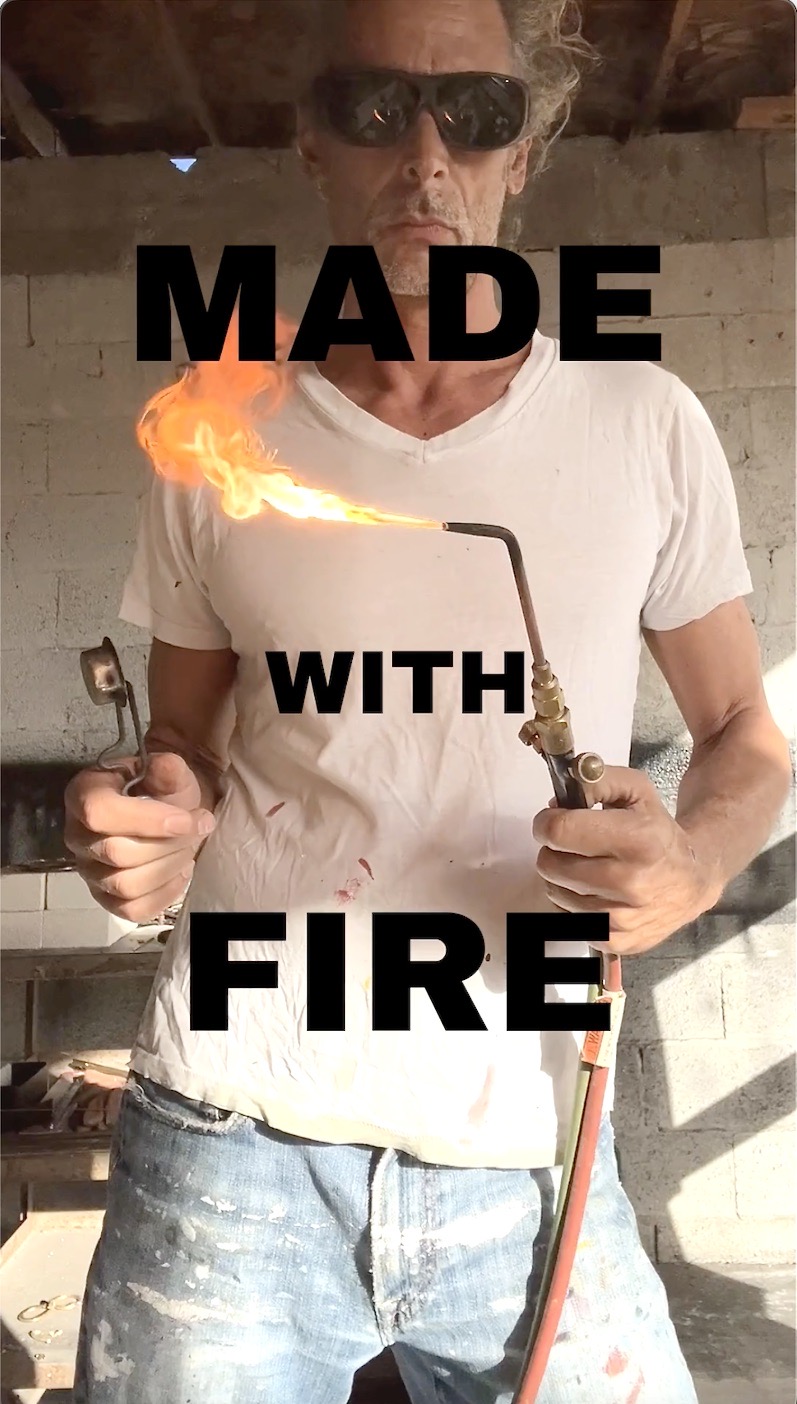
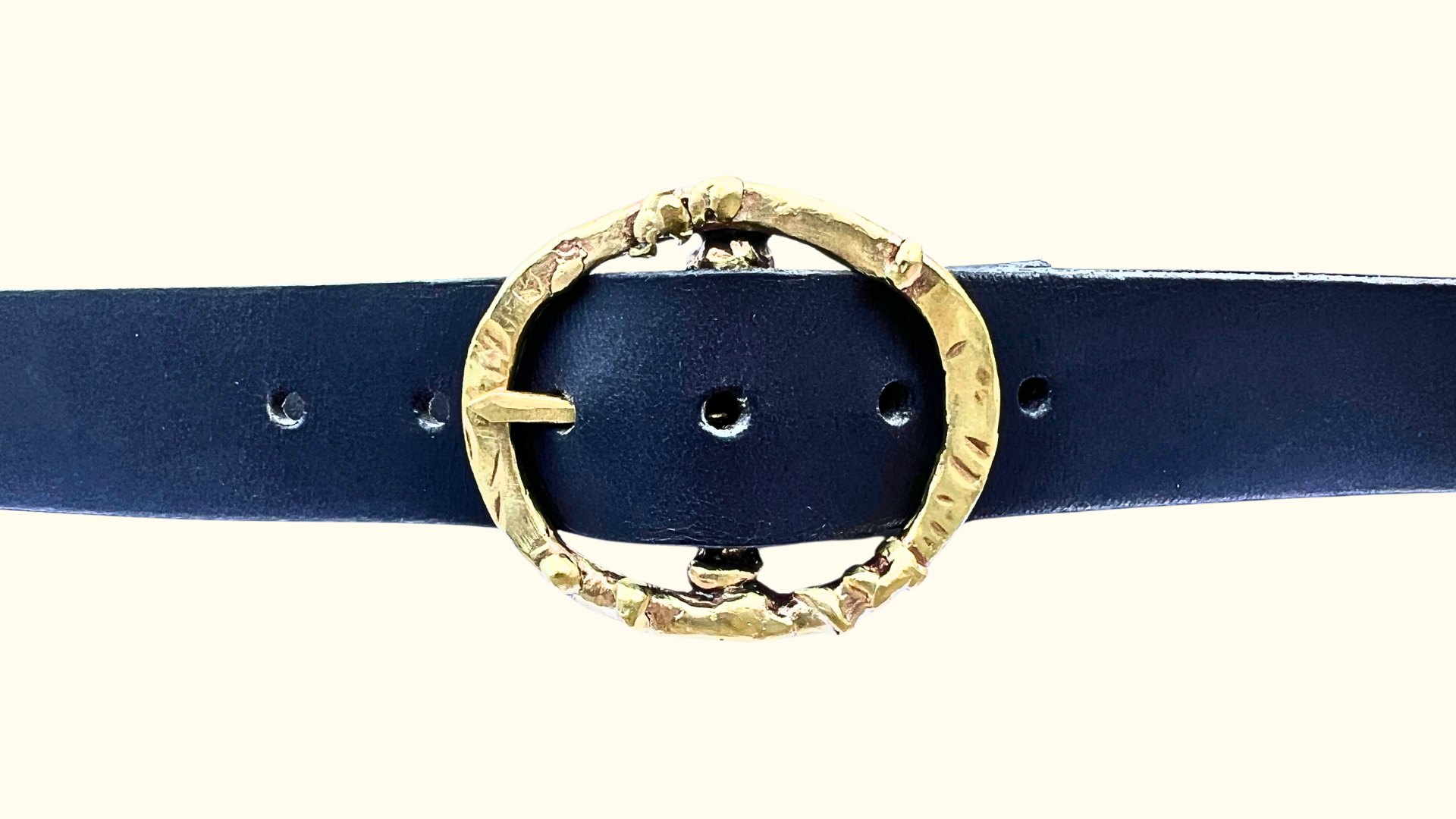
What’s the most rewarding aspect of being a creative in your experience?
For me, the most rewarding aspect of being an artist is creating something with my hands that carries real energy—something that didn’t exist before and now speaks for itself without needing an explanation.
There’s a deep satisfaction in taking raw materials—brass, leather, fire—and shaping them into a piece that someone connects with on a personal level. That moment when someone picks up a buckle or belt and says, “This feels like me,”—that’s the reward. It’s not about trends or sales. It’s about resonance.
Art is how I process the world, how I stay grounded. When I’m in the studio, working with fire or carving a design, there’s no noise—just focus, rhythm, and purpose. I don’t think there’s anything more human than making something real from scratch.
And when that piece goes out into the world and becomes part of someone’s life, that’s the full circle. That’s the magic.
Contact Info:
- Website: https://www.jbbucklesandbelts.com
- Instagram: https://www.instagram.com/jbbucklesandbelts/?hl=en
- Facebook: https://www.facebook.com/profile.php?id=61568592347620
- Youtube: https://www.youtube.com/@rastachoppers
